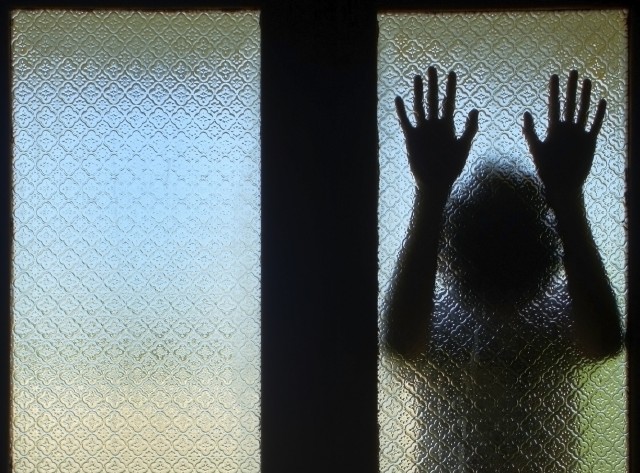By Sara Hossaini
A first-of-its kind report released Wednesday suggests Californians are facing a hidden public health crisis that stems from childhood trauma.
Researchers from the San Francisco-based Center for Youth Wellness and Public Health Institute in Oakland aim to shed light on how early adverse experiences, such as abuse, neglect, and household dysfunction -- including divorce and parental incarceration -- might impact a child's health for a lifetime.
Dr. Nadine Burke Harris is a pediatrician and founder of the Center for Youth Wellness. She says the study looked at data from more than 27,000 surveys conducted by the California Behavioral Risk Factor Surveillance System over four years between 2008 and 2013.
She says the results surprised even her. For starters, so-called adverse childhood experiences, or ACEs, are common across race, income, education and geography. Nearly 62 percent of Californians reported at least one traumatic childhood event, and one in six had experienced four or more. People in the northern rural counties of Humboldt and Butte reported the most ACEs. The lowest numbers came from Santa Clara and San Mateo counties, where just over half of respondents reported such experiences.
